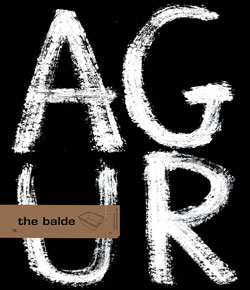dazzled: optic war
A giraffe, a zebra or a jaguar, all stand out and are very clearly distinguishable when you see them in a museum. But in nature, particularly when they are on the move, it’s almost impossible to see them with the human eye. During World War I, artist Norman Wilkinson, sailor in the Royal Navy, came up with a crazy idea: to paint battleships in the same way that makes animals almost impossible to see in nature. Instead of sending him off for a mental health check-up, his proposal was looked into and finally accepted.
Thousands of battleships and merchant ships were painted in black and white stripes. Many military vehicles and heavy artillery were also painted in the same way. However, it wasn’t just camouflage. Indeed, the objective wasn’t to make the boats invisible but to create an optical illusion by using irregular geometrical shapes. This made it more difficult for the enemy to calculate the distance, direction, speed and size of the target. Approximately 4,000 British boats were painted in World War I and other nations taking part in this war (France, Germany...) also used the technique invented by Norman Wilkinson. Many artists spent the whole war in ports inventing designs and overseeing the painting of boats. The vorticist artist Edward Wadsworth painted many pictures based on the 2,000 boat drawings he designed during that war.
At the start of World War II, they started painting the battleships in black and white again, but they soon realised that because of advances in radar, distance measurement technology and further development in war aircraft, the use of optical illusion wasn’t going to deliver positive results. Black and white was changed to the colours and shapes now used to blend into the background.
Thousands of battleships and merchant ships were painted in black and white stripes. Many military vehicles and heavy artillery were also painted in the same way. However, it wasn’t just camouflage. Indeed, the objective wasn’t to make the boats invisible but to create an optical illusion by using irregular geometrical shapes. This made it more difficult for the enemy to calculate the distance, direction, speed and size of the target. Approximately 4,000 British boats were painted in World War I and other nations taking part in this war (France, Germany...) also used the technique invented by Norman Wilkinson. Many artists spent the whole war in ports inventing designs and overseeing the painting of boats. The vorticist artist Edward Wadsworth painted many pictures based on the 2,000 boat drawings he designed during that war.
At the start of World War II, they started painting the battleships in black and white again, but they soon realised that because of advances in radar, distance measurement technology and further development in war aircraft, the use of optical illusion wasn’t going to deliver positive results. Black and white was changed to the colours and shapes now used to blend into the background.




